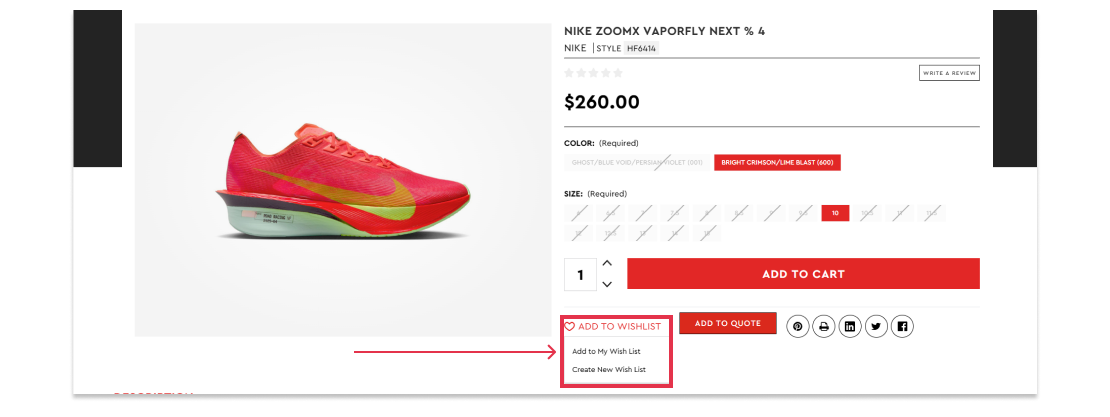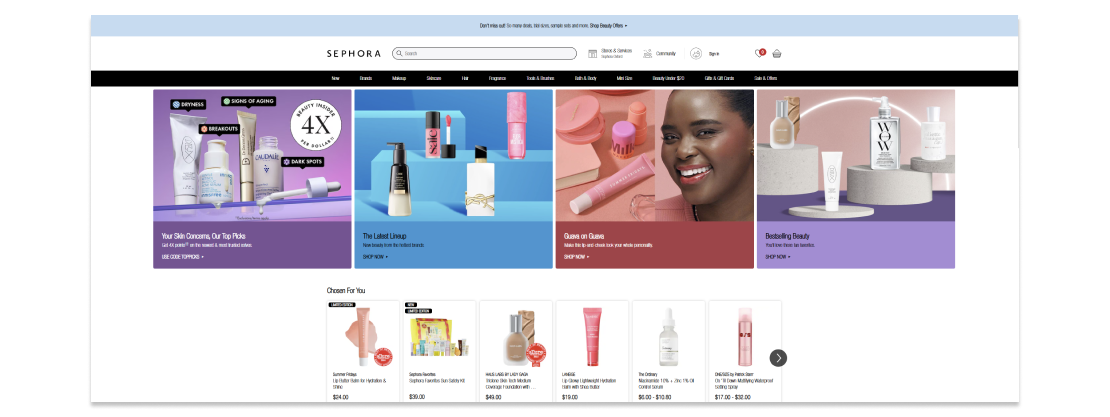
Zero-party data is information that customers willingly share with a brand. Unlike first-party data or third-party data, zero-party data comes directly from the customer through surveys, quizzes, or account settings. It includes preferences, product interests, and personal feedback. This information is voluntarily provided, making it inherently more accurate and reliable than data obtained through other methods.
This data is gaining traction as businesses face growing privacy concerns. With tighter data regulations and more protective consumers, zero-party data offers a transparent, consent-driven way to gather valuable insights. It allows brands to establish a direct line of communication with customers, fostering trust while gaining actionable insights for targeted marketing and product development.
In this blog, we’ll explore ways to collect zero-party data naturally and how businesses can use it to create personalized shopping experiences that respect privacy and build trust.
Why Zero-Party Data Is a Game-Changer for Retailers
Zero-party data transforms how retailers connect with customers by focusing on accuracy, consent, and transparency. It’s willingly shared by consumers, such as preferences, interests, and purchase intentions. This data is more accurate than third-party data and builds trust through transparency. In a market where consumers are increasingly wary of data collection practices, offering a clear and open way to collect data can set brands apart as trustworthy and consumer-centric.
Customers provide this data for more tailored customer experiences, making it a trust-building tool for brands. When businesses explain why they’re collecting data and how it will be used, it fosters a sense of control and security among consumers, improving brand reputation. This approach can also lead to increased brand loyalty as customers see tangible benefits from sharing their preferences, such as more relevant product recommendations and exclusive offers.
According to a Salesforce study, 71% of consumers trust companies more when data use is clearly explained. This creates a win-win: personalized shopping and increased trust without privacy risks. Additionally, zero-party data eliminates the guesswork, enabling brands to design marketing campaigns and website experiences that align directly with expressed customer interests and needs.
For instance, Sephora uses zero-party data through its Beauty Insider program, where customers share information about skin type and product preferences in exchange for tailored recommendations and exclusive offers. This strategy not only enhances the shopping experience but also fosters long-term loyalty and positions Sephora as a customer-centric brand that values transparency and personalization.
Strategies for Collecting Zero-Party Data Without Being Intrusive
Zero-party data collection can feel natural when businesses use engaging and customer-centric strategies. Here are four effective ways to gather insights without appearing intrusive:
Interactive Quizzes and Surveys
Quizzes and surveys are a fun way to learn more about customers while keeping them engaged. Frame questions around interests or preferences. For instance, a skincare brand could ask, “What’s Your Perfect Skincare Routine?” Customers receive personalized suggestions while the brand collects data on skin type and product preferences. Not only does this strategy provide valuable data, but it also strengthens customer engagement by making them feel seen and understood.
Wishlists and Save-for-Later Options
 Dick Pond Athletics Wishlist feature on product pages
Dick Pond Athletics Wishlist feature on product pages
Wishlists are more than a convenience feature; they’re a powerful tool for gathering zero-party data. When customers save items, they signal interest without pressure. Brands can use this data to send reminders, recommend similar items, or notify customers when a product is back in stock. Additionally, analyzing wishlist data can offer valuable insights into emerging trends and customer preferences, guiding inventory management and marketing strategies.
Personalized Email Preferences
When signing up for emails, offer options to choose content topics like “New Arrivals” or “Sale Alerts.” This way, customers receive targeted content that aligns with their interests, increasing engagement and reducing unsubscribe rates. By allowing customers to specify their content preferences, brands can deliver more relevant messaging, enhancing the overall user experience and boosting email marketing ROI.
On-Site Personalization Widgets
During checkout or account setup, ask relevant questions like “What styles do you love?” or “What are your favorite colors?” This data helps brands tailor recommendations without being intrusive. Transparency is key; let customers know why the data is being collected. Additionally, leveraging this data to adjust homepage content, product suggestions, and promotional banners can create a more personalized browsing experience that encourages repeat visits and higher conversion rates.
Using Zero-Party Data to Enhance Customer Experience
Zero-party data allows brands to personalize shopping experiences based on explicit preferences. Rather than relying on inferred data, it enables accurate product recommendations tailored to customer interests. For example, if a customer indicates a preference for eco-friendly products in a quiz, the brand can highlight sustainable options, reinforcing brand alignment and demonstrating attentiveness to customer values.
Email marketing also becomes more targeted and relevant. Brands can segment email lists based on stated interests, like product categories or style preferences, enhancing user engagement and conversion rates. Additionally, brands can use zero-party data to offer exclusive deals or early access based on defined interests, creating a more personalized shopping experience that feels tailored to the individual, not the masses.
The Privacy Advantage: Building Trust Through Transparency
Zero-party data aligns with privacy regulations like GDPR. Unlike third-party data, it is willingly shared by customers, creating a transparent data exchange that fosters customer trust.
Brands can personalize experiences without invasive tracking by asking customers for preferences through quizzes or account setup. This approach respects privacy and ensures data is relevant and directly aligned with customer needs. Moreover, it positions the brand as a responsible data steward, further reinforcing consumer trust.
Conclusion: The Privacy Advantage
Zero-party data offers brands a way to deliver personalized experiences while maintaining privacy compliance. By collecting data customers willingly share, brands can create relevant interactions that foster stronger connections and build trust. This strategy not only boosts customer satisfaction but also supports long-term brand loyalty.
Strengthen customer connections and prioritize privacy with zero-party data strategies that elevate shopping experiences and build lasting trust — all while reinforcing your brand’s commitment to transparency.

 Eashan Mehta
Eashan Mehta






